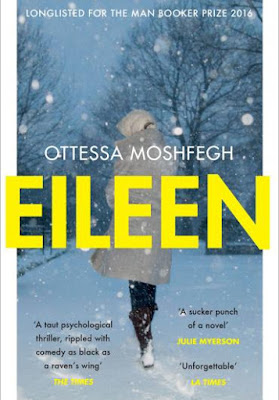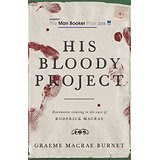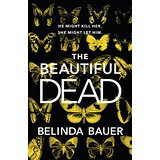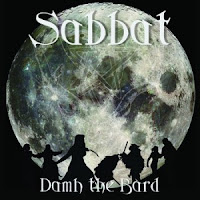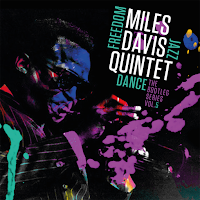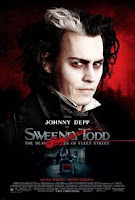
 The Pathetic Fallacy can entice the reader right into the mood of the narrator or other characters. Used sparingly by the skilled writer, the Pathetic Fallacy can be very effective. This term relates to the technique of attributing human characteristics, sensations, and emotions, to things that are inanimate, such as nature. The weather is used a lot within this technique. It can link extremely well with the symbolism you might want to pull into a story. For instance, when a writer wants to build up an emotion in their character, they will place them in an appropriate setting – the angry character standing below a lowering sky with bruised clouds tearing above them, or the despairing character battling against a desperate, lashing storm. Rain is always falling at funerals – lightening slashes a tree as a gothic horror begins – fog descends as the protagonist becomes wandering and confused, as in King Lear, or lost in a long, fruitless quest, as in Bleak House. But this is a device that is notoriously cliched and often wrongly applied by novice writers, leading to something called 'empathic universe', which creates a melodramatic effect. You can tell if someone has overdone their melodrama, the mood overpowers the characters and even the story, getting in the way of allowing the reader to empathize with the protagonist. Be particularly warned if you are writing romantic fiction – remind yourself of the comic effect in Wallace and Gromit as Wallace’s bread was shown rinsing in his oven as his passion bloomed for Piella Backwell. If you use this technique to make people laugh, just be sure they are laughing with you and not at your writing.
The Pathetic Fallacy can entice the reader right into the mood of the narrator or other characters. Used sparingly by the skilled writer, the Pathetic Fallacy can be very effective. This term relates to the technique of attributing human characteristics, sensations, and emotions, to things that are inanimate, such as nature. The weather is used a lot within this technique. It can link extremely well with the symbolism you might want to pull into a story. For instance, when a writer wants to build up an emotion in their character, they will place them in an appropriate setting – the angry character standing below a lowering sky with bruised clouds tearing above them, or the despairing character battling against a desperate, lashing storm. Rain is always falling at funerals – lightening slashes a tree as a gothic horror begins – fog descends as the protagonist becomes wandering and confused, as in King Lear, or lost in a long, fruitless quest, as in Bleak House. But this is a device that is notoriously cliched and often wrongly applied by novice writers, leading to something called 'empathic universe', which creates a melodramatic effect. You can tell if someone has overdone their melodrama, the mood overpowers the characters and even the story, getting in the way of allowing the reader to empathize with the protagonist. Be particularly warned if you are writing romantic fiction – remind yourself of the comic effect in Wallace and Gromit as Wallace’s bread was shown rinsing in his oven as his passion bloomed for Piella Backwell. If you use this technique to make people laugh, just be sure they are laughing with you and not at your writing. I haven't forgotten the sense of sight – describing how things appear is essential, even it if is over-used. New writers often believe 'describing' is something you really shouldn't do too much if you want to move your story on, and, indeed, today’s readers are not keen on long chunks of description…that died out with the crinoline! So the way to add atmospheric detail, especially in crime writing, is to slide it in surreptitiously as the action, interior monologue and dialogue continues to move the story on. Opening out the possiblilities by painting the atmosphere until it drips with meaning is quite the opposite of providing chunks of description.
 So this is the strange truth…the more detail you chose to include, the less boring the writing becomes…moving into close-up is absorbing and paints the imagery of the story.
So this is the strange truth…the more detail you chose to include, the less boring the writing becomes…moving into close-up is absorbing and paints the imagery of the story. In this fuller version, I slowed the action by writing into the gaps
which I left out in my rush to get the first words onto the page. I added hints of the sounds that are around her, and of the smell of the moors, with words such as murky, slimy and oily. Touch sensations work exceedingly well to draw a reader into an image, for instance, how Sabbie is effected by the freezing conditions. I tried to be unpredictable, especially in my choice of and simile. I allowed the falling darkness to imprint its mood on her emotions. I ‘seeded in’ description by using symbolic imagery which might add to the mood. Rather than abstract nouns such as ‘Sabbie was scared’ I used 'show'...A gurgle of panic...My eyes stung with tears... And I've tried to draw out the experience by making things harder for Sabbie, placing obstacles in her way and allowing the loss of her torch into the bog to feel like the very last straw.
Your first draft is going to be rushed (and possibly messy) – you are trying to get down your thoughts. You might need to go back later to include atmosphere and mood. When you do, you’ll find these will also enhance your ‘writer’s voice’, and help you further understand what is behind your story.

 Log in with Facebook
Log in with Facebook 


